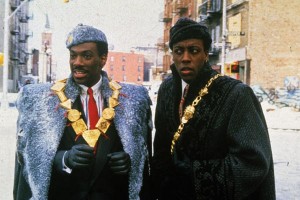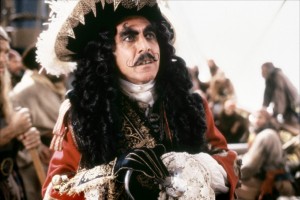Hooray – you’ve passed your Naturalization test, and you’ve been called for your oath ceremony. But wait!
In big underlined capital letters on the hard to read purple invitation, it says
ALL ATTENDING THE CEREMONY MUST DRESS APPROPRIATELY
Yes, it really is in all CAPS. They really want you to pay attention to what your fans wear at this solemn and meaningful event. So you have to dress in proper attire. The dignity of the event must be respected. It even clearly states, no jeans, shorts or flip flops. Even in Austin, TX, where proper attire normally means you just have your genitals either covered up or painted.
But what does it mean? In the formal wear of your home nation? Mu-mus and baskets of fruit on your head and so on may be de rigeur back home, but in America, I think it means something like khaki pants and a polo neck. Shudder. Or a little black dress if you’re a man.
Surely if it says no nut-hugging jean shorts nor flippy floppies – the only named exclusions – does that mean anything else goes – unitards, tiaras, EL-wire butterfly wings and cod-pieces.
I’ve never seen Coming to America: outfits shown here,

but I have seen this:

Also, checking out related posts on immigration portal about what to wear, it seems the consensus is somewhere between “your best clothes”, “a floral dress”, and “nothing too sexy.” Looking at this crowd shot of an oath ceremony, I would say “butt hugging” seems to be recommended. And if you are going to wear a hook, do it in place of your left hand.